
Cepas de probióticos vivos y activos
También, descarga la guía de regalo: “Aprende a leer la información nutrimental de los productos”
Click aquí para obtenerla
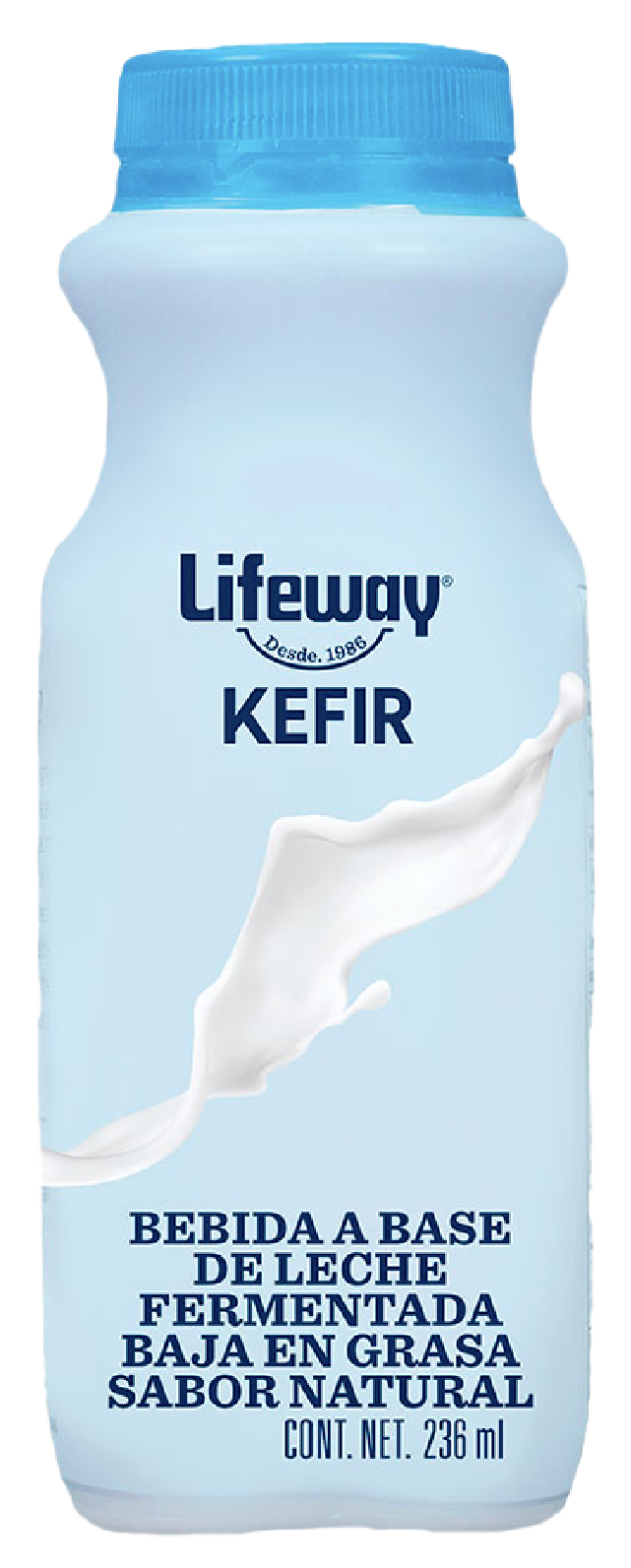
Además, de ayudar en la estimulación del sistema inmune y mejora del sistema digestivo e intestinal, las 12 cepas vivas y activas de Lifeway pueden ayudar a:
#1
L. BREVE
Aliviar el estreñimiento
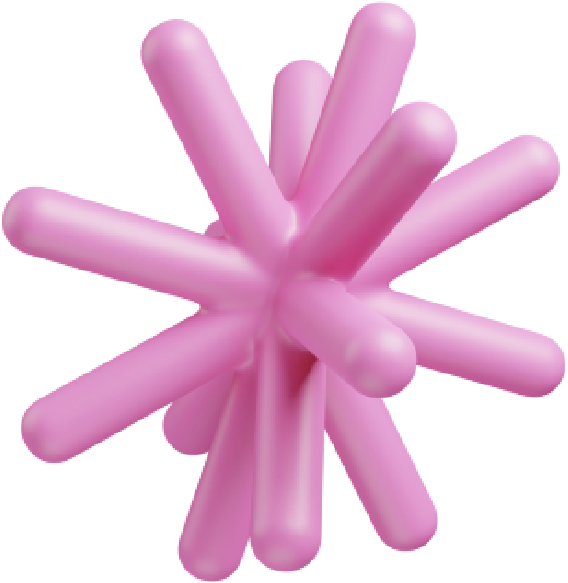
#2
L. LACTIS
Prevenir infecciones gastrointestinales

#3
L. RHAMNOSUS
Prevenir infecciones respiratorias en niños
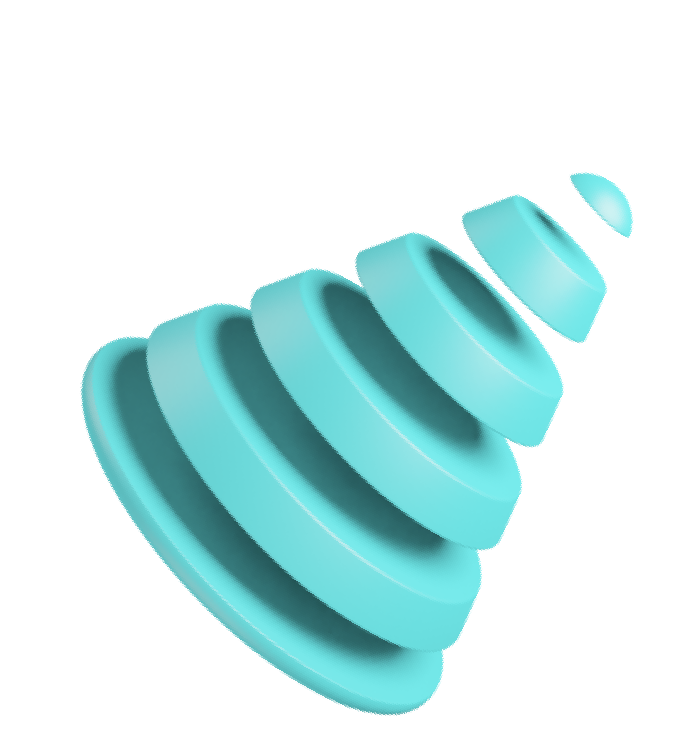
#4
S. DIACETYLACTIS
Estimular la absorción de nutrientes

#5
L. PLANTARUM
Tiene beneficios antioxidantes en la piel
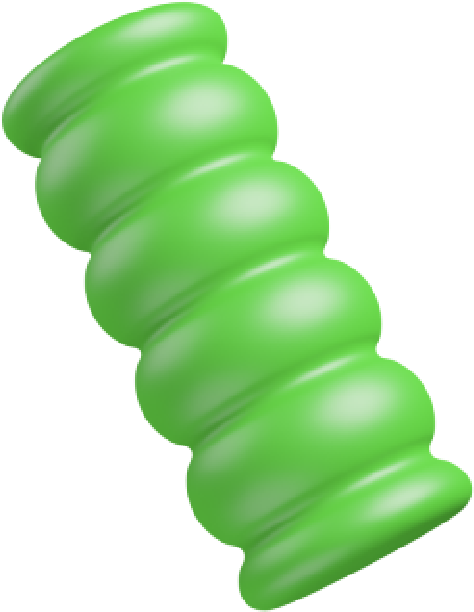
#6
L. CASEI
Prevenir la hinchazón y malestar abdominal
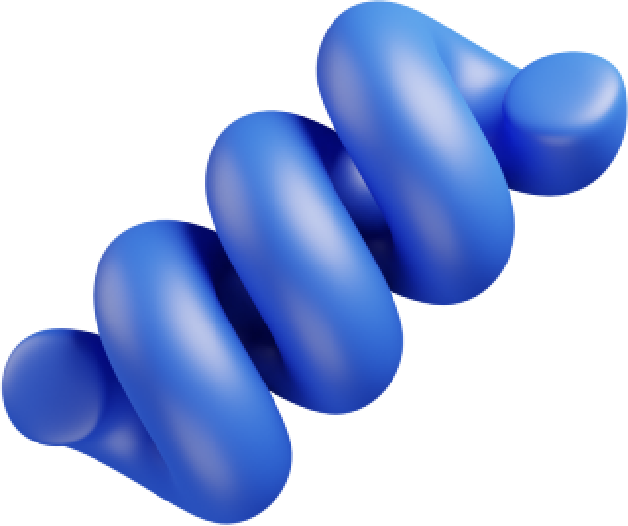
#7
S. FLORENTINUS
Controlar el crecimiento de bacterias dañinas

#8
LEUCONOSTOC CREMORIS
Fortalecer las defensas naturales del cuerpo
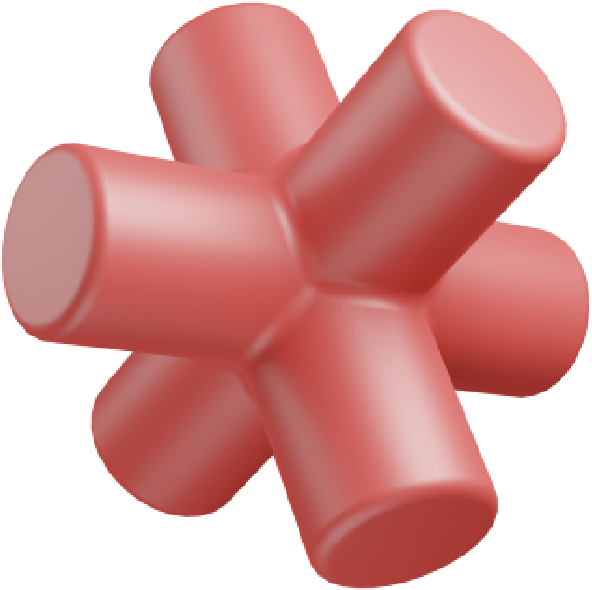
#9
B. LONGUM
Reducir los síntomas del intestino irritable (SII)

#10
L. ACIDOPHILUS
Mejorar la salud mental y el bienestar emocional

#11
B. LACTIS
Estimular el sistema inmune en adultos

#12
L. REUTERI
Prevenir infeccione vaginales

Lifeway Kefir es una bebida láctea fermentada elaborada con Ingredientes 100%
naturales. Contiene calcio y vitaminas A y D3. Alto en proteína . Sin conservadores, sin
edulcorante. Sin sabores artificiales. Apto para intolerantes a la lactosa (hasta 99% libre de
lactosa).
*Consulta a tu nutriólogo o médico de confianza si tienes alguna duda sobre restricciones médicas y
para tener un estilo de vida saludable.
*Aliméntate sano, estas imágenes son únicamente ilustrativas.
DESCARGA GRATIS LA GUÍA PRÁCTICA:
LECTURA DE ETIQUETAS
¿Cuántas veces hemos escuchado que debemos aprender a leer
etiquetas? Que si los sellos, que si las calorías, las porciones, etc. Y claro que lo es,
sin embargo, más que en su lectura, enfocarnos en su interpretación nos ayudará a:
- Comparar entre productos similares y elegir la mejor opción.
- Saber las calorías que contiene y llevar un control en nuestro día a día.
- Entender si podemos considerar ese alimento como buena fuente de nutrientes.
- Advertir si con el paso del tiempo puede implicar un riesgo para la salud.
- Identificar si las porciones contenidas se adecúan a nuestros requerimientos.